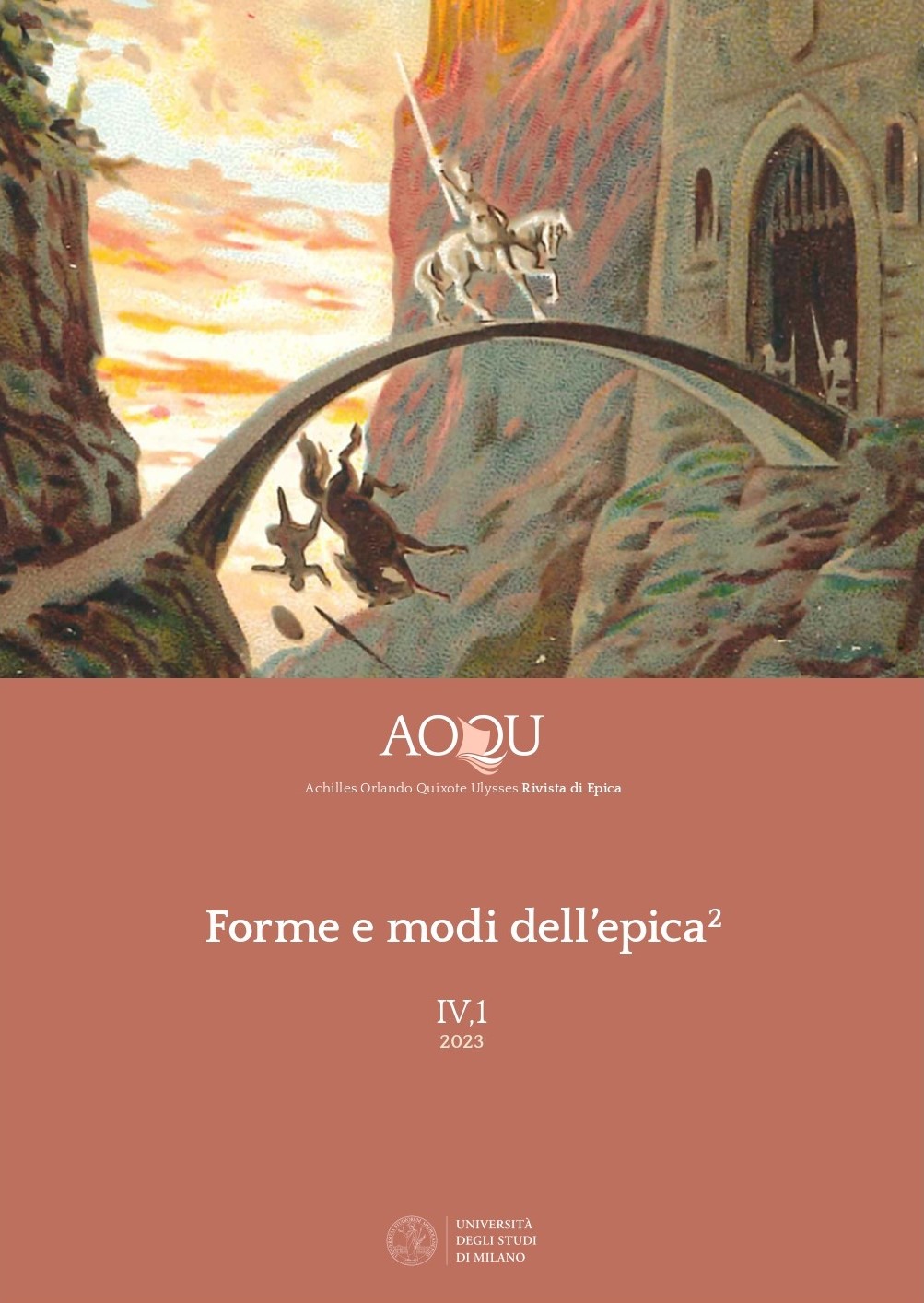Abstract
The ethically controversial figure of the “Other” is at the heart of the traditionally antinomic system of the heroic Christian epic. An age-long myth, a cultural projection and an essential literary theme (Ceserani 1998), the image of the “Stranger”, the “Adversary”, or, in other words, the “Other”, being frequently endowed with demonic connotations, is found to be part and parcel of the allegorical dichotomy of good and evil. The literary tendency towards demonizing the complex image of the “Other” is particularly evident in the poems belonging to the category of “modern” historical epic on Lepanto. The present essay aims to investigate various ways of transposing the figure of the historical adversary onto the “chessboard” of “modern” Christian epic, as well as to analyze the variety of literary modalities of merging the figure of the Ottoman “Other” with the dimension of the “demonic marvellous”, adopted by the poets to enrich, complicate and counterbalance the heroic sacrality of the epic text.

